Author: Astronomy for Dummies
-
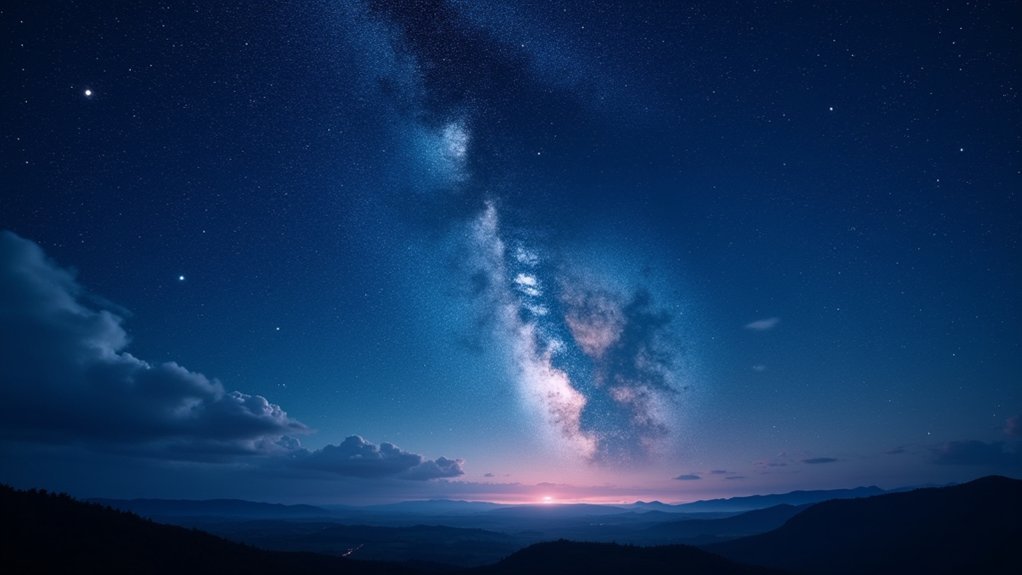
Weather & Light: 3 Stargazing Success Factors
Key elements that transform stargazing from frustrating to phenomenal include weather, light pollution, and atmospheric conditions—but which matters most?
-
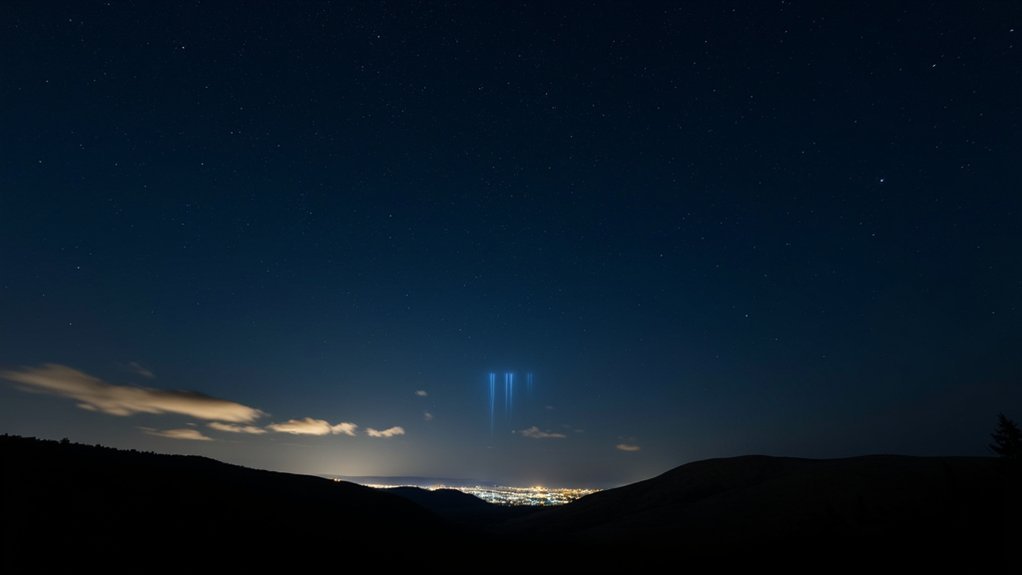
Best Weather Conditions for Spotting Meteor Showers
Just when meteor showers light up the night sky, specific weather conditions can transform your stargazing from disappointing to spectacular.
-

What Moon-Free Nights Show the Best Stars Tonight?
Lunar cycles determine stargazing quality, but which specific phase offers the most dazzling celestial display tonight?
-
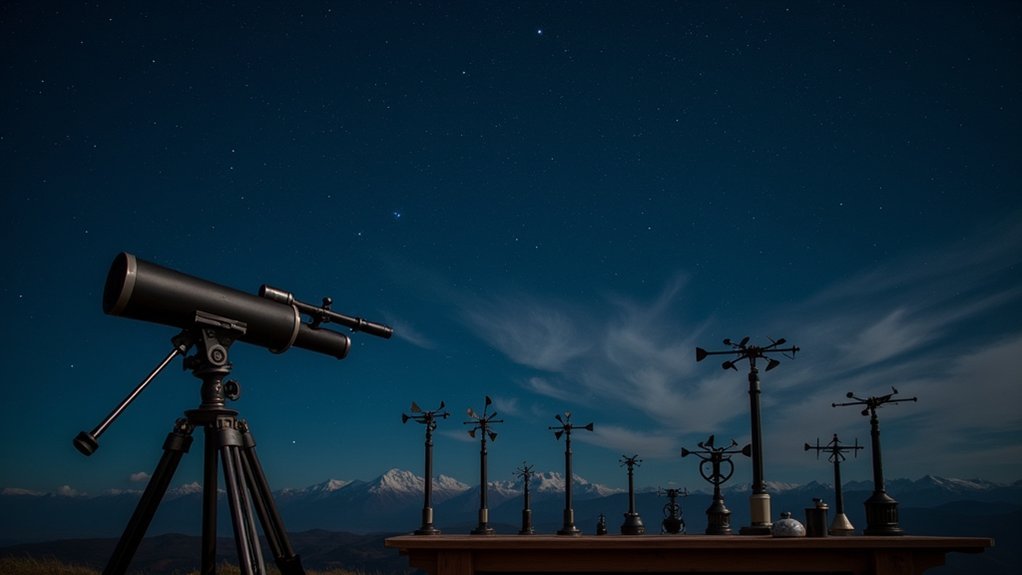
7 Ideal Wind Speeds for Perfect Telescope Views
Discover the critical wind speed thresholds that separate breathtaking celestial views from blurry disappointments when using your telescope.
-
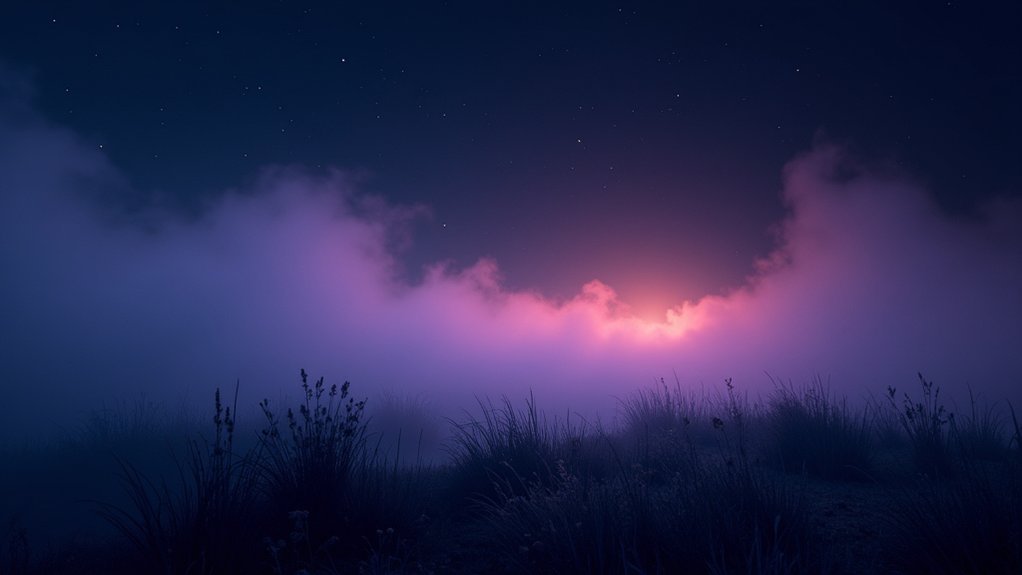
What Makes Humid Nights Blur Distant Stars?
Beyond just poor visibility, humid nights create a milky veil that absorbs up to 60% of starlight before it reaches your eyes.
-
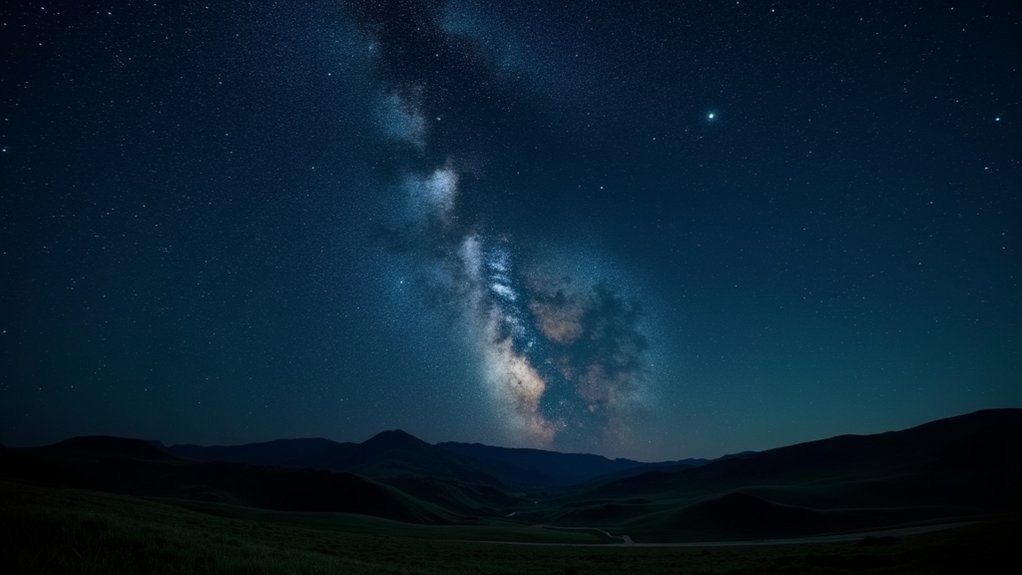
What Temperature Makes Perfect Stargazing Weather?
Mesmerizing stargazing experiences await in temperatures between 30-50°F, where celestial objects reveal their sharpest details.
-
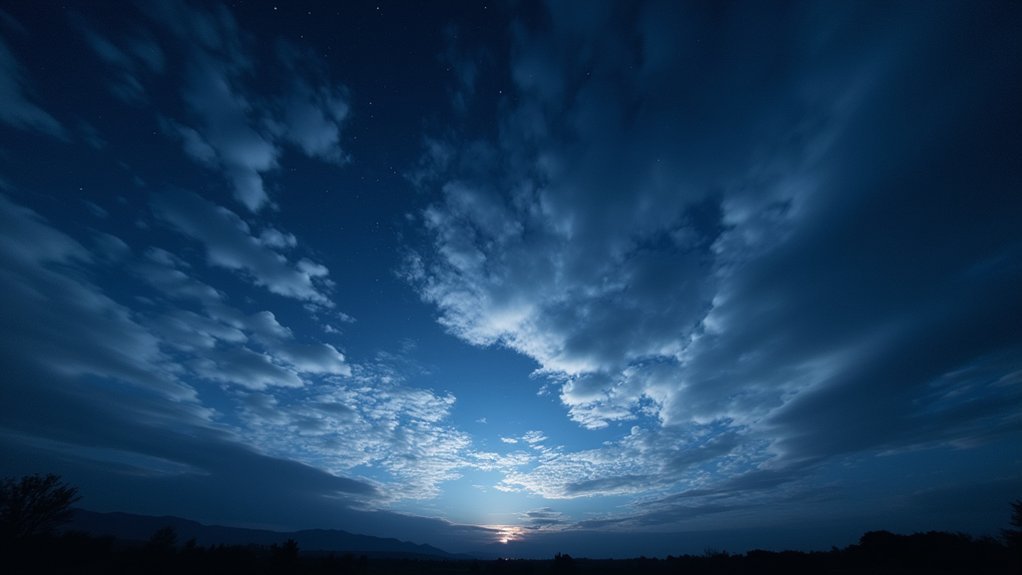
Why Are Cloud Patterns Key For Night Astronomy?
In astronomical observations, cloud formations determine whether you’ll glimpse celestial wonders or face disappointing darkness.
-
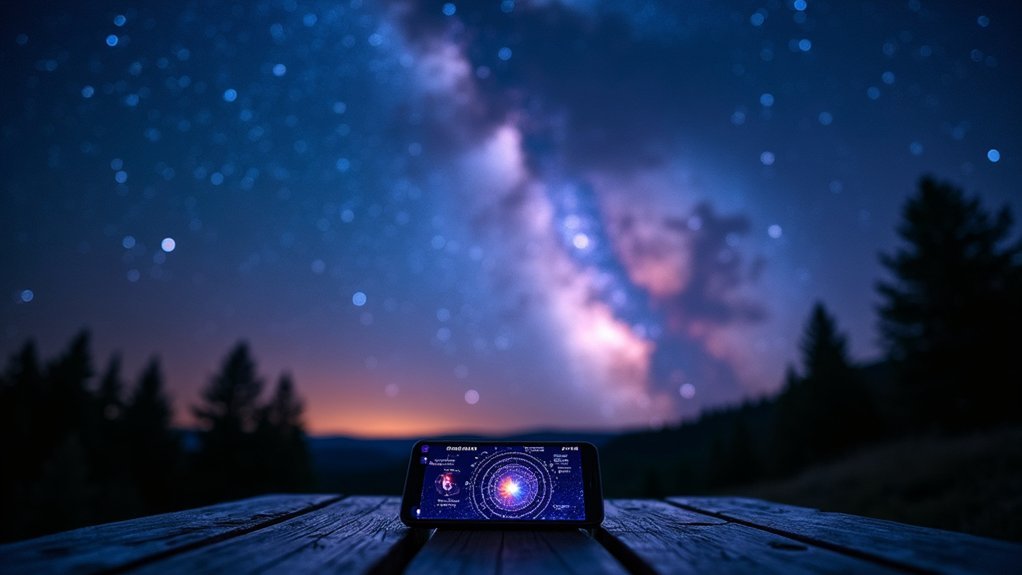
5 Best Weather Apps For Perfect Stargazing Tonight
Knowing the right astronomy weather app can transform your celestial viewing plans, but which one delivers the most accurate forecasts?
-
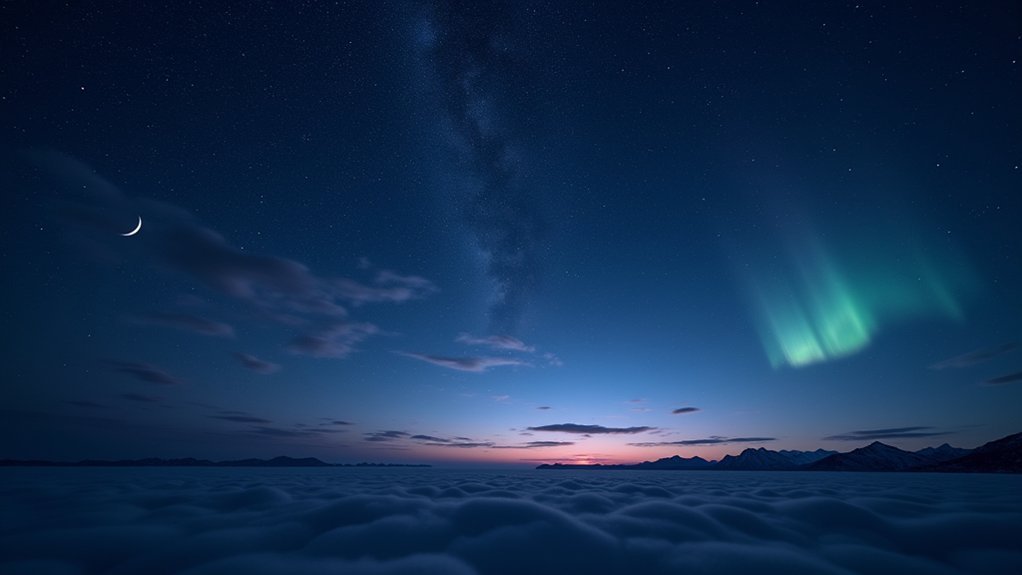
7 Perfect Weather Conditions For Your Stargazing Adventure
Uncover the seven critical weather elements that transform ordinary night skies into breathtaking celestial displays perfect for stargazers.
-

Common Telescope Buying Traps to Avoid Today
Just when you thought that affordable telescope was a steal, discover the hidden pitfalls waiting to sabotage your stargazing adventures.
